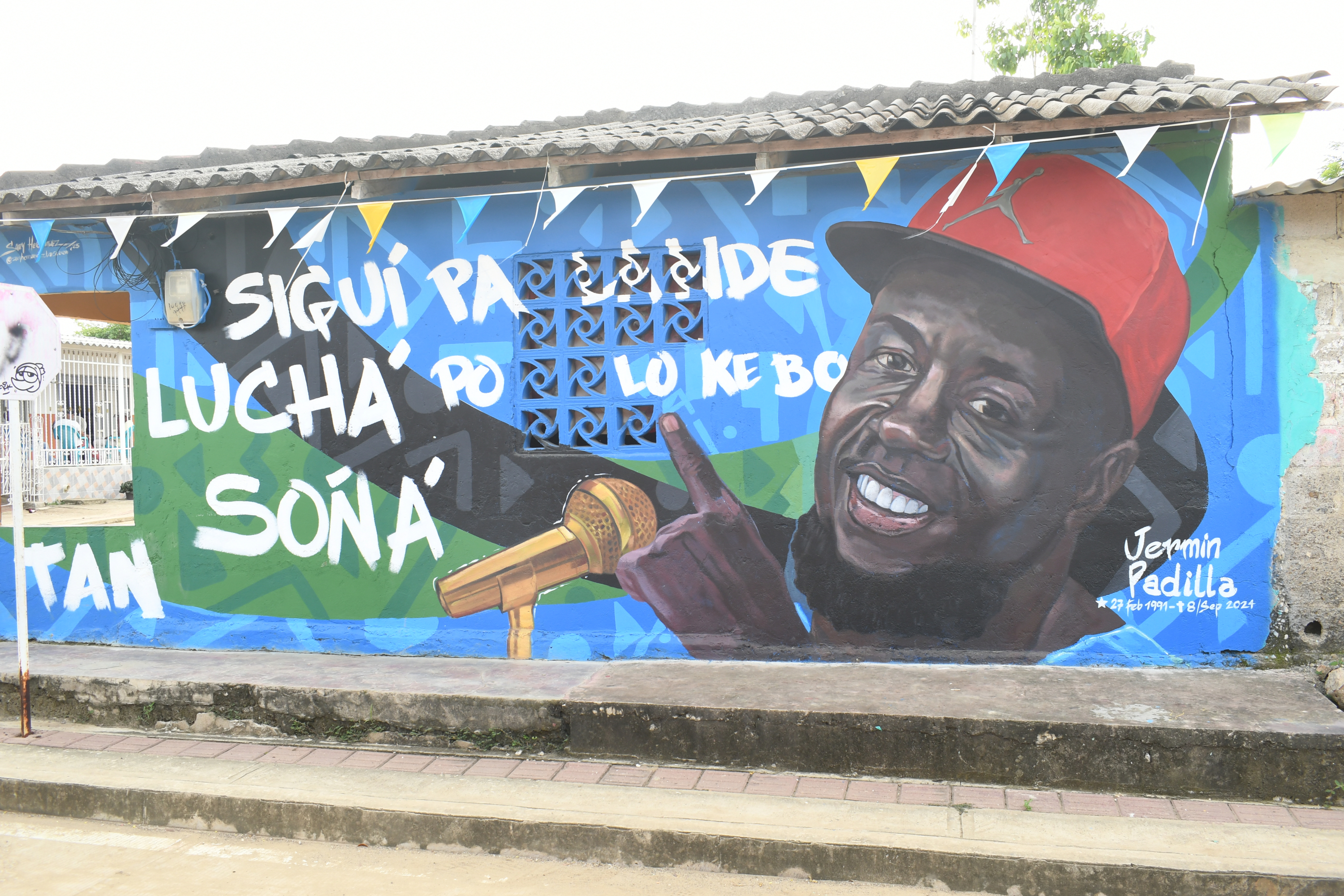Palenque dreams of its own tourism: the Maroon community leads routes that highlight its history and knowledge.

In San Basilio de Palenque, freedom isn't just a date or a speech: it's a rhythm that's danced, a braid that's woven, a fire that never goes out.
Every visitor who crosses the entrance to this maroon territory—founded in the 17th century by fugitive Africans led by Benkos Biohó—receives the tacit invitation to live memory in the present: walk to the rhythm of its music, speak (or at least listen) to the Palenquera language, and taste a freshly made enyucado (a type of yuca) from the wood-fired stove.
This collective desire for local tourism doesn't start from scratch. Since 2005, when UNESCO declared Palenque an Intangible Cultural Heritage of Humanity, the community began organizing to ensure that the arrival of foreigners wouldn't dilute the essence of the first free town in the Americas.
Currently, Palenque is implementing the Destinos con Color strategy, which aims to strengthen community tourism, revitalize public spaces, and empower communities through art, culture, and color.
The project is being developed by the Palenque community thanks to a partnership between the Ministry of Commerce, Industry, and Tourism, through the National Tourism Fund (FONTUR), and the Pintuco Foundation.

Mural in memory of Palenque social leader Jermin Padilla. Photo: Courtesy.
Today, from those wild roots planted by our ancestors, a community tourism project flourishes, led by its own people, where the guides, workshops, dishes, and drums are not spectacle, but living memory.
“Learning to guide isn't just about speaking in front of a group; it's about proudly sharing who we are, where we come from, and the struggle and resistance we've endured,” says Edilson Salas, a 22-year-old community guide who has been leading tours around the region for two years.
“Thanks to this process, I have strengthened my connection to ancestral memory and our language, and I have also learned to see my community through different eyes: as a grieving being caring for its territory,” says Salas.
This care is expressed in multiple dimensions. The community has designed a self-managed tourism model, where visitors participate rather than consume.
According to the official tourism information sheet for the Destinos con Color project, San Basilio de Palenque is “ a cultural experience that connects past, present, and future through resilience, joy, and dignity.”
The offering includes lodging in family-run inns, experiential workshops, local guidance, urban art, music, traditional medicine, and cuisine inherited from grandmothers and wise women.
Thus, with braids that trace new paths and drums that mark the rhythm of autonomy, San Basilio de Palenque advances toward a community-based tourism where the freedom won four centuries ago flourishes today in every welcoming smile.
Guided tours to walk through history One of the project's pillars is the Mural Route, an experience that explores walls painted with the faces of historic Palenque leaders and scholars.
Salas was one of the young people trained to tell the stories of these people: “I got into tourism by watching the elders. Here, everything is learned by listening. These murals not only beautify, they also empower: they reinforce pride in our identity and connect us with collective memory.”
To improve the visibility of the murals, he proposes that each one have a QR code with a short video or biography of the person portrayed, told by the residents themselves. "This way, visitors take away a deeper understanding, told by us," he says.
These murals are a good representation of urban art that portrays history and pays tribute to those who have left a legacy in Palenque. Some of the figures portrayed are: Kajaman Ri Tabalá (renowned drummer), Francisca Cañate (creator of Manteca Negrita, a styling product for Afro hair), and Rafael Cassiani (musician).
ANGELA MARÍA PÁEZ RODRÍGEZ - SCHOOL OF MULTIMEDIA JOURNALISM EL TIEMPO.
eltiempo





